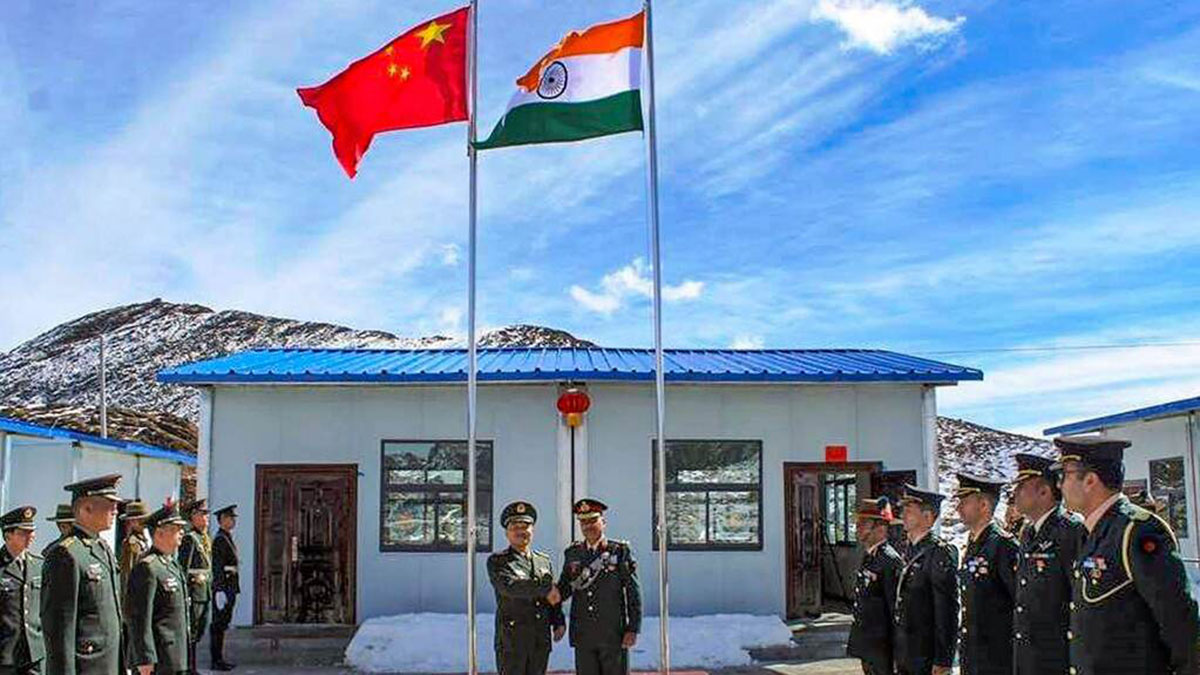The year 2024 could mark the proverbial “anniversary” of the fateful 1962 China’s aggression on India. Sixty-two years will have passed since our northern neighbour sought territories that history, and even later-day detente, had proclaimed as rightfully India’s.
Deliberation and debate can continue until 2062 about how a conference in Simla in 1914 determined a line, and the huff with which Ivan Chen, the Chinese plenipotentiary, left was otherwise a tripartite cordial.
History, at this point, must be revisited. The two most important aspects of the meeting in the then British India retreat were that Tibet was free. The roof of the world had an emissary in Lonchen Shatra.
Indeed, Shatra signed the Simla (readers must note that I am using the spelling of the hill station as it was in 1914!) Conference document, which not only outlined inner and outer Tibet in unambiguous terms but also endorsed Sir Henry McMahon’s Line, which determined the border between India and Tibet.
Much of historiography will also ponder aspects such as why Major Bob Khathing and his posse of the noble Assam Riflemen “liberated” Tawang only in 1951, decades after McMahon drew a thick-nibbed terrain line that today subtly corresponds to the Thagla Ridge as well as the “Watershed,” which determines borders, boundaries and frontiers in the sense by which the Westphalian concept came to be enacted.
Impact Shorts
More ShortsThe fact that a newly-cast Peoples Republic of China, post its communist innards, invaded Tibet several years later cannot change the iron-clad nature of the border agreement between two sovereign entities: the fact that India achieved independence in 1947 and Tibet was conquered in 1951.
The McMahon Line, although a soldier-diplomat drew it, will continue to confuse people worldwide, especially India and China.
A 1914 quill continues to contest ground in terms of simple grazing expanse. But it is as inviolable as the 14th Parallel.
India and China step into a new millennium.
Both Modi and Xi are leaders of the Asian Century.
Therefore, even as two powers exchange knights, rooks, and bishops, it must not behove sacrifices that incorporate destinies.
The kingdoms and names of Narendra Modi and Xi Jinping rest on lines drawn decades ago but will be hailed as one of the heralded “Amity” several years later and with statesmanship pride.
The author is a conflict theorist. Views expressed in the above piece are personal and solely that of the author. They do not necessarily reflect Firstpost’s views.
)